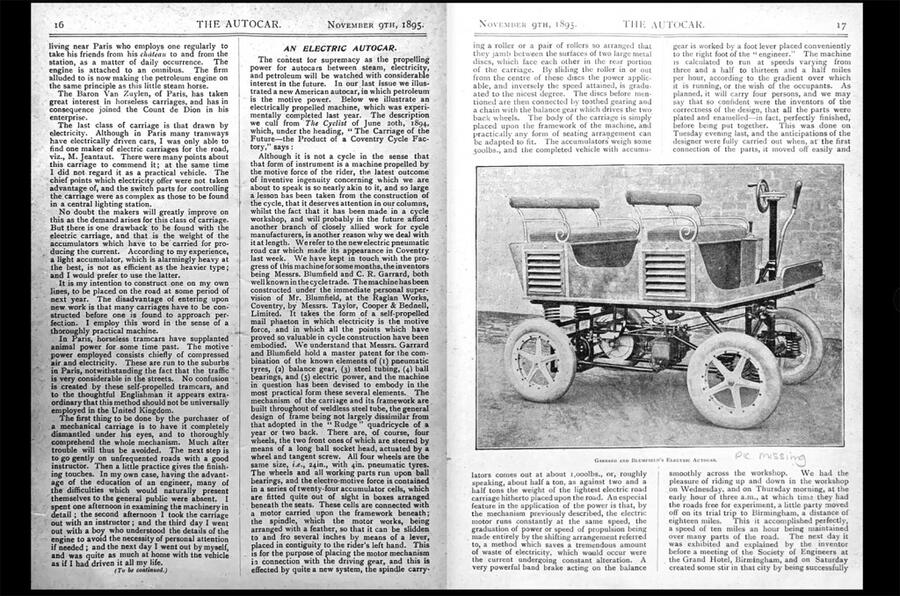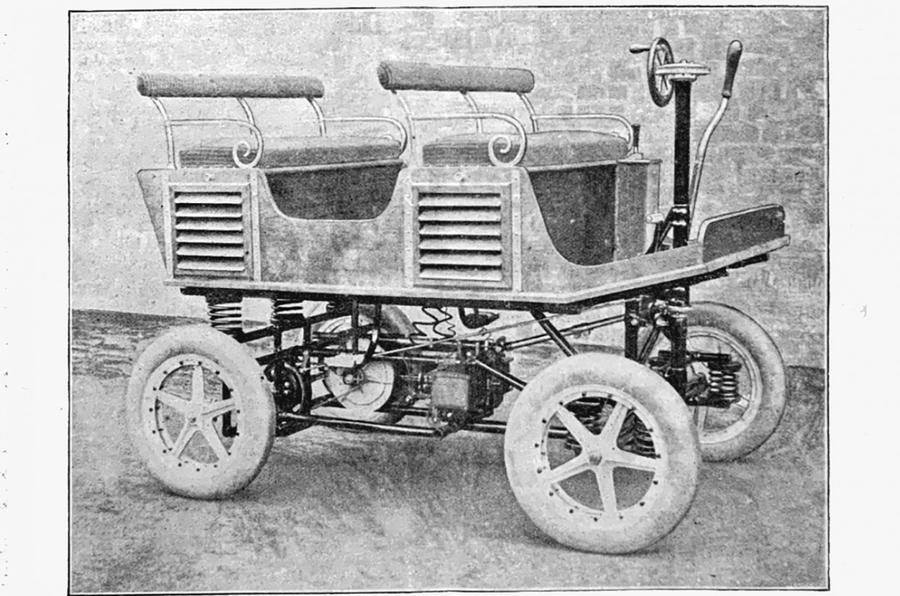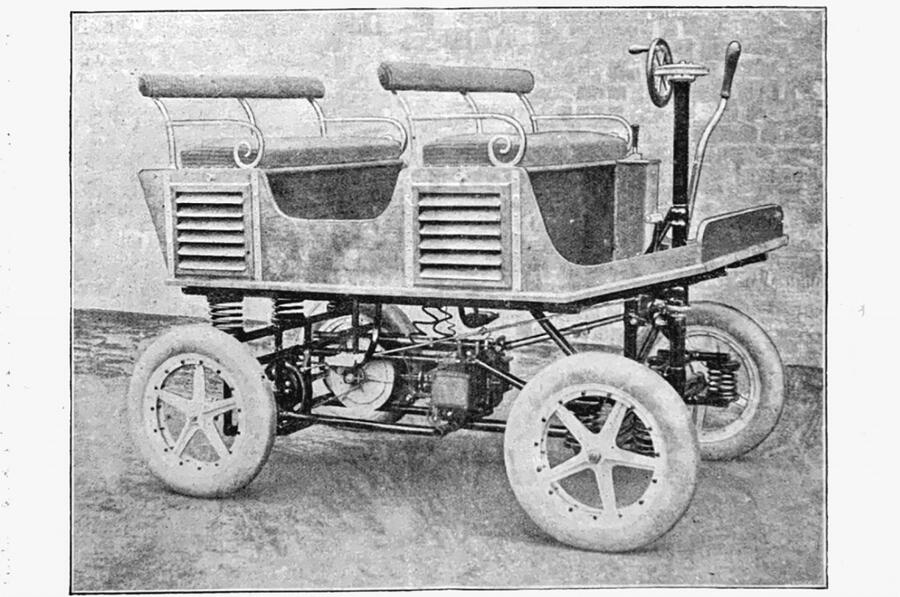While electric vehicles have surged in popularity in recent years, they've been around for a long time. Longer than many people think: the history of the EV dates back nearly 200 years.
Electric carriages could be found on the road in limited number back in the late 1820s, but it was the 1859 invention of rechargeable lead-acid batteries that really made them a viable option. Electric powertrains made popular choices for taxi cab drivers in the UK in the early the 20th century, and were briefly the best-selling type of car in the USA - until the refinement of gasoline made it substantially cheaper.
Early electric vehicles were vastly different from those you'll find on the road today. Autocar's sister brand Move Electric, which covers all forms of electric mobility, delved into the freshly digitised Autocar Archives to find the first time an EV appeared. You'll find it a full 126-years ago in the November 8, 1895 edition: volume 1, issue number 2. For context, forget Tesla Inc: that was back when Nikola Tesla was experimenting with electric oscillators, x-ray and radio.

At the time, there were only a dozen or so cars on the UK’s roads, but it was clear that was about to change rapidly. What was less clear was what the dominant power source for such machines would become.
The first EV featured in Autocar was built at the Raglan bicycle works in Coventry. It was invented by Mr Blumfield and CR Garrard, who were “both well known in the cycle trade”. Classified as a mail phaeton – an open carriage, basically – it took the form of a basic four-wheeled cart built using bicycle construction methods.










Join the debate
Add your comment
No mention of the very cool looking five spoke split rim wheels that made such a comeback 100 years later.